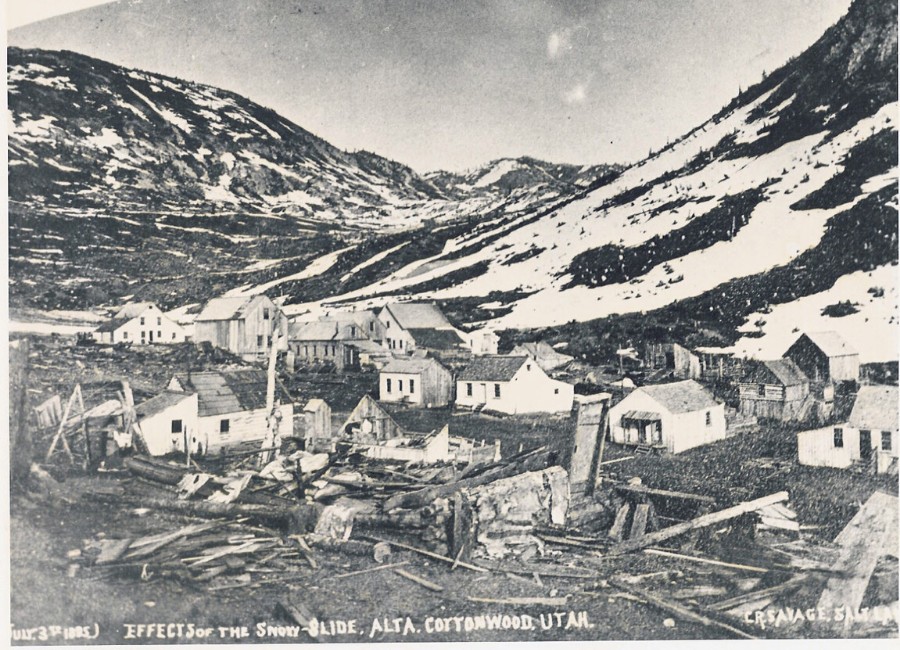
High in Little Cottonwood Canyon, dawn breaks with the echoing boom of avalanche cannons across serrated peaks–a morning ritual at Alta Ski Area that hints at its rich and restless history. Few ski resorts can claim a genesis as dramatic as Alta’s: a silver mining boomtown turned ghost town, resurrected in 1938 as a skier’s paradise atop Utah’s Wasatch Mountains. Over the decades, Alta has been shaped by visionary pioneers, relentless snowstorms, cultural clashes, and an unwavering dedication to “the pure sport of skiing.” This is the story of how Alta’s rugged past forged an iconic ski area–and how it’s navigating the challenges of the future.
A Ghost Town with a Grand Vision
Alta’s story begins in the 19th-century Silver Age. By the 1870s, the Alta mining camp was bustling–over a thousand fortune-seekers crowded the canyon, until an 1885 avalanche wiped out much of the town. In the decades that followed, Alta faded into near-abandonment. By the 1930s only a single, eccentric prospector remained: George Watson, who fancifully declared himself the “mayor” of Alta. Watson saw potential where others saw ruin. In 1937, to settle back taxes and spark new life in the canyon, he deeded 700 acres of his mining claims to the U.S. Forest Service for recreation. A mine owner, William O’Connor, soon contributed another 900 acres–enough land for the Forest Service to officially designate Alta as a winter sports area.
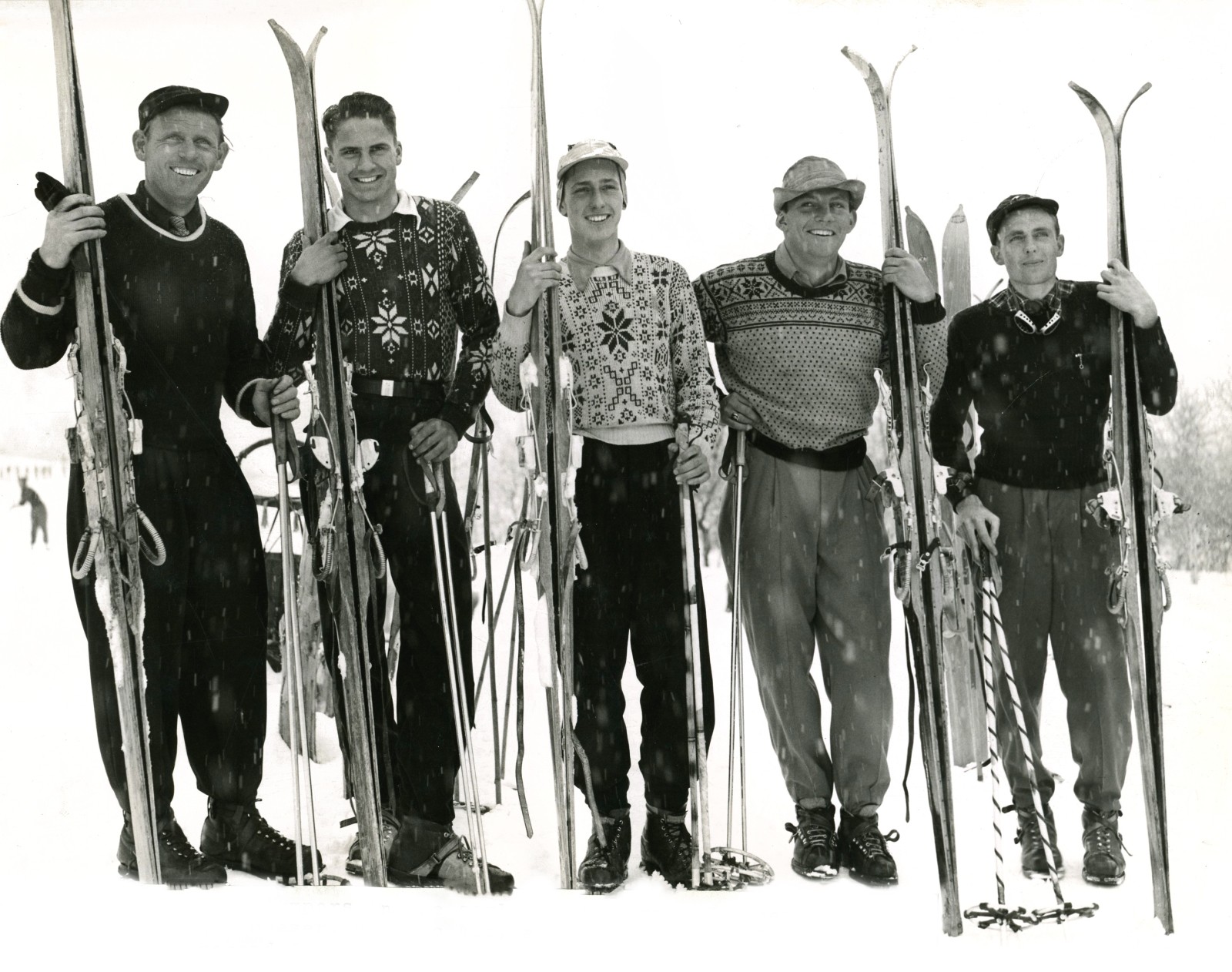
Around the same time, a Norwegian ski champion named Alf Engen was traversing Alta’s powder-laden slopes on behalf of the Forest Service. Engen had been hired in 1935 to scout the Wasatch for ski area potential. He was awed by Alta’s terrain and snowfall, and his enthusiastic report became the catalyst for Alta’s rebirth. With Forest Service backing and Watson’s land secured, a group of Salt Lake City businessmen led by lawyer S. Joe Quinney mobilized to make Alta a reality. In 1938 they formed the Salt Lake Winter Sports Association (the forerunner of Alta Ski Lifts Company) and scraped together $10,000–enough to purchase an old aerial mining tram and transform it into a single-seat chairlift. This makeshift lift, pieced together from silver-mine relics, became the second ski chairlift in the western United States (Sun Valley, Idaho had the first). On January 15, 1939, Alta opened to the public with the inaugural ride of the Collins chair, charging a mere 25 cents per lift ride. What had been a desolate mine camp was suddenly alive with skiers gliding through deep powder.
Pioneers of Powder and Avalanche Science
From the outset, Alta cultivated a reputation as a “skier’s mountain”–a place of untamed snow and minimal frills. Alf Engen and his brothers set up Alta’s first ski school in 1940, teaching locals how to float through the canyon’s famously light powder. During World War II, Alta’s slopes even served as a training ground for the U.S. Army’s 10th Mountain Division mountaineers. But Alta’s bounty of snow came with a dark side: avalanches. The same steep slopes and heavy storms that thrilled skiers also menaced the fledgling resort and its access road with deadly slides–a hazard long familiar from Alta’s mining days.

Alta became North America’s cradle of avalanche mitigation. In 1939, the Forest Service dispatched a “snow ranger” to Alta, establishing the continent’s first avalanche research center. Early avalanche pioneers like Sverre Engen (Alf’s brother) experimented with ski cutting and hand charges to tame the slopes. After WWII, a bold Army veteran named Montgomery “Monty” Atwater took the helm. Atwater has been called the “Grandfather of Avalanche Forecasting” for good reason. In the late 1940s, after witnessing artillery used to trigger avalanches in the Alps, he worked with the Army National Guard to acquire a 75mm Howitzer for Alta. In 1949, Alta’s ski patrol fired military artillery for the first time to preempt avalanches–a revolutionary tactic that quickly became standard around the world. For the next 75 years, the thunder of Howitzer shells echoing off Mount Baldy at dawn was an Alta tradition, vital to keeping skiers safe(Only in 2023 did Alta finally retire its World War II-era artillery, closing a legendary chapter of mountain safety amid the resort’s snowiest season on record).
Related: How Alta, UT, Became the Birthplace of Avalanche Mitigation Work in North America
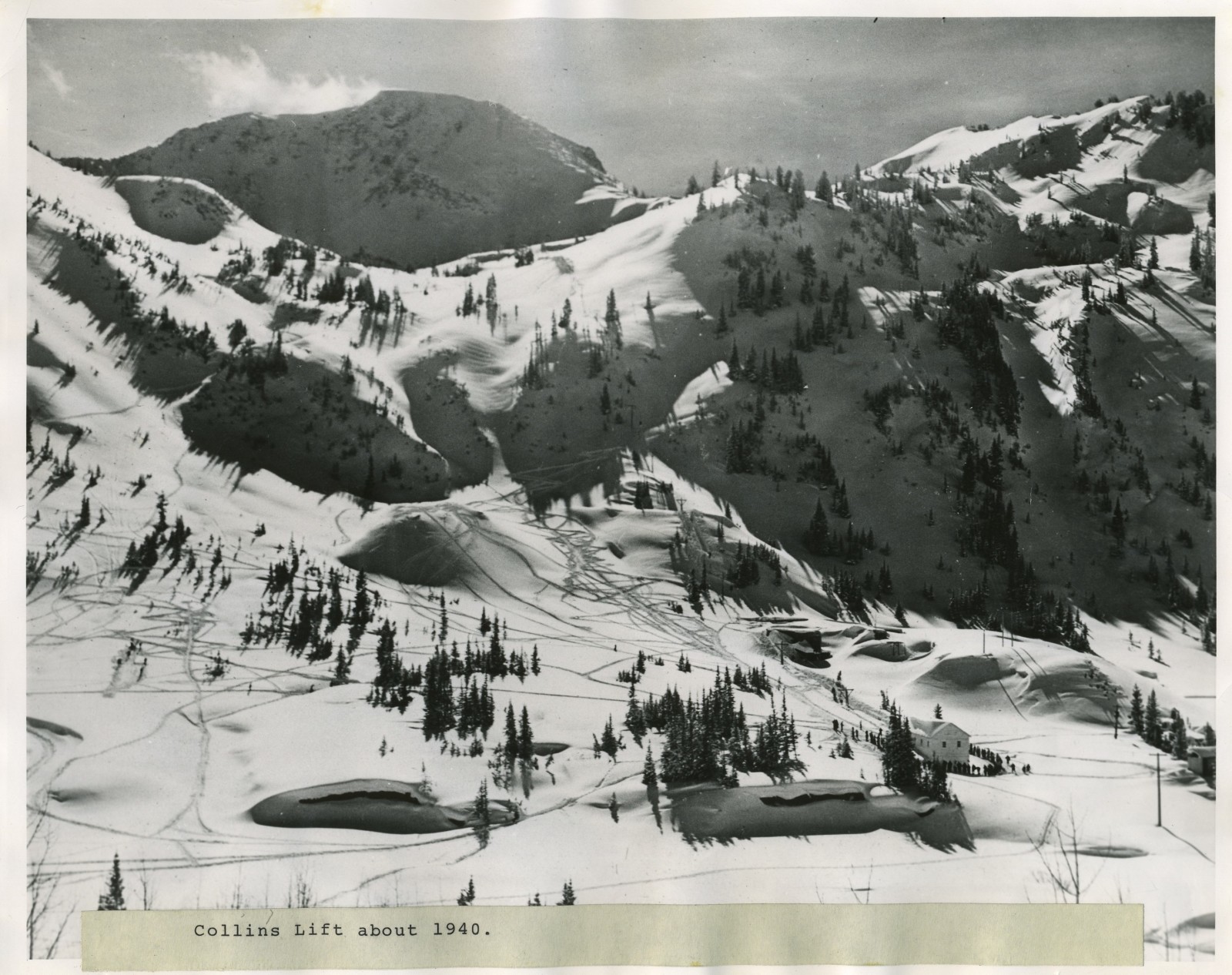
All the while, Alta grew in modest steps. By the 1950s, two more chairlifts and several rope tows were added, along with cozy alpine lodges like the Alta Lodge (1940) and Peruvian Lodge (1948) to host the trickle of devoted skiers finding their way up the canyon. The ski area’s fame for deep powder spread. In 1960, Alta expanded its boundaries to accommodate rising demand. A new generation of powder hounds flocked to experience what ski filmmakers and magazines were by then lionizing: Alta’s sublime combination of altitude, aspect, and lake-effect snowfall that produced “the Greatest Snow on Earth” (which is written on the state license plate) with often over 500 inches a season. Simply put, Alta had become the Holy Grail of powder skiing for aficionados.
Forging a Unique Ski Culture
Through its evolution, Alta clung to a unique, independent spirit. The entire Little Cottonwood Canyon community remained tiny; by 1970 only 92 people lived in Alta year-round. That year the town incorporated (to qualify for federal grants) and laid out a master plan to guide future growth, recalls Connie Marshall, a longtime resident and Alta’s marketing director. The plan focused on careful development of private lands around the base, but Alta’s remote high-mountain character ensured growth would be limited. Even as lift infrastructure slowly expanded, the vibe stayed decidedly old-school and local. In fact, Alta didn’t install its first high-speed detachable chairlift until 1999, making it one of the last major U.S. resorts to embrace modern lift technology. To this day, the resort is owned and operated by the Alta Ski Lifts Company–not a big corporate conglomerate–and the five rustic lodges at its base are run by independent families. This fierce independence has cultivated generations of loyal skiers who feel a deep personal connection to the place.
Alta’s culture is also defined by what it doesn’t allow. In a word: snowboarding. Since the 1980s, Alta has famously banned snowboarders from its lifts, preserving a skiers-only tradition shared by only two other U.S. resorts. The policy has been a flashpoint in ski culture’s “snowsports feud.” In the eyes of Alta loyalists, keeping snowboarders out helps maintain a certain mountain ethos and keeps skier traffic flowing. Detractors see it as an anachronism. The tension peaked in 2014 when a group of snowboarders sued Alta, arguing that leasing public Forest Service land meant the resort couldn’t exclude them. The battle drew national attention to the “Alta is for skiers” credo. A federal court ultimately sided with Alta, upholding the private company’s right to set rules on its leased terrain. And so the ban stands, emblazoned on signs at the lift windows and canyon entrance to remind everyone that Alta’s culture is unapologetically its own. “Some describe the experience as no-frills,” Connie Marshall observes, “but it actually is an experience in which…the leaders of Alta’s evolution have held to the same tenet–preserve the quality of the skiing.”
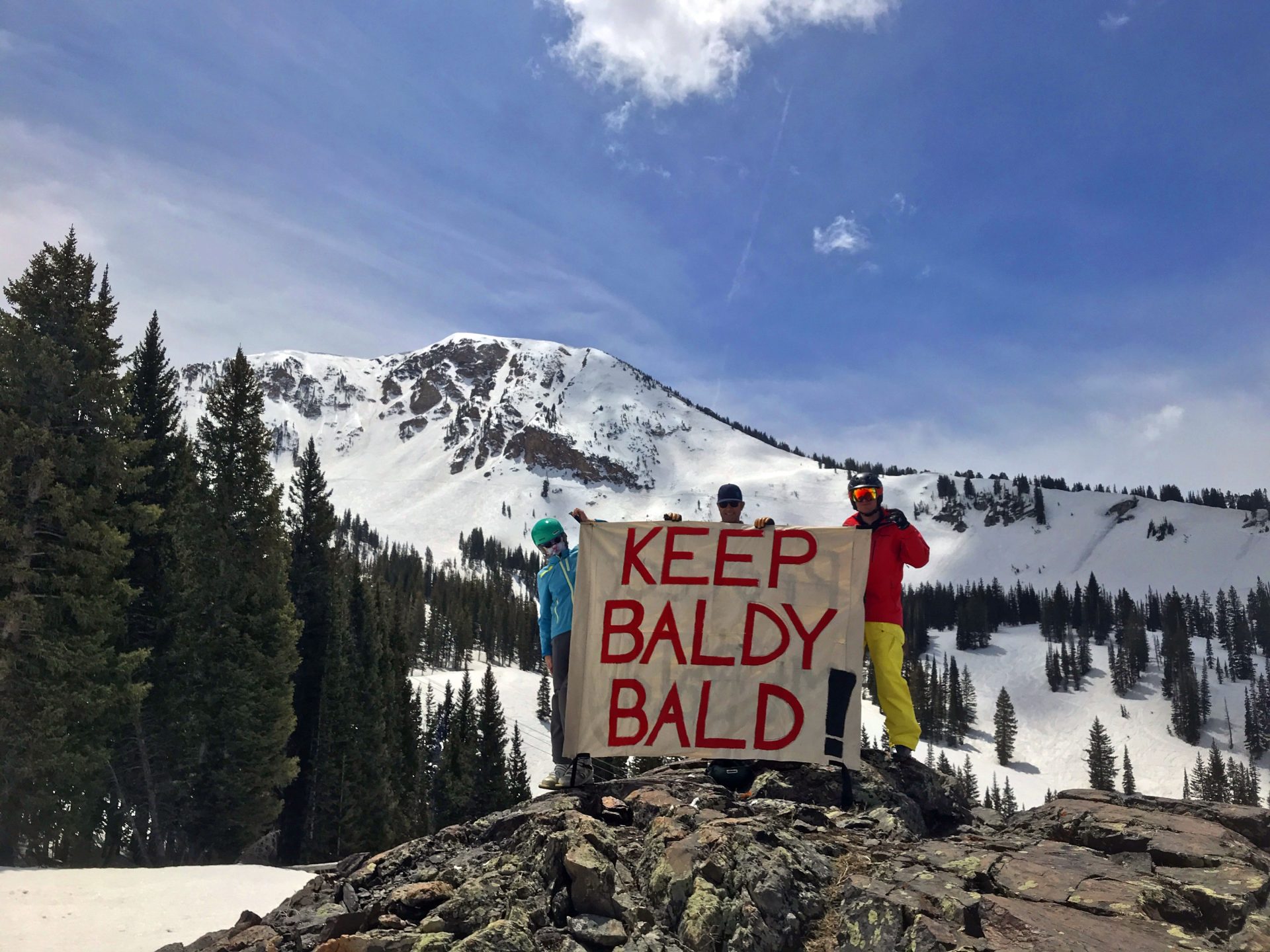
Not all of Alta’s growing pains have been cultural; some have been environmental. Operating atop a sensitive alpine watershed, Alta has long walked a tightrope between improvement and preservation. Any proposed expansion can ignite controversy. In recent years, plans to upgrade or reroute lifts have drawn scrutiny for possible impacts on wetlands and backcountry access. In 2018, a master development plan including a small tram to Alta’s Mount Baldy and a new chairlift in Albion Basin spurred protests from conservationists worried about “paving the way for further mountaintop development” and degrading fragile terrain. Local environmental groups like Save Our Canyons objected that even subtle encroachments–a lift tower in a meadow here, a realigned run there–could threaten the canyon’s ecology and water quality. Alta’s management adjusted some plans (for instance, using creative engineering to replace its old Supreme lift while avoiding wetlands), illustrating the constant negotiation between upgrading facilities and respecting the mountain’s limits.
Legacy and Influence in the Ski World
Eight decades on, Alta’s outsized legacy is felt well beyond its 2,614 skiable acres. This modest resort has arguably shaped modern skiing in profound ways. Techniques for deep powder skiing were refined on its slopes by legends like Alf Engen, showing the world how to surf through thigh-deep snow. The science of avalanche forecasting and control was essentially born at Alta–every ski area that uses artillery or avalanche safety protocols today traces a lineage to the experiments of Engen, Wadsworth, and Atwater on Alta’s peaks. Thousands of ski patrollers have trained with Alta’s team or studied its methods, spreading its influence to mountains across North America.
Culturally, Alta looms as a rite of passage for passionate skiers. Generations of Utah locals learned to link their first turns at Alta’s Albion Basin, and many still bring their children to do the same. The canyon’s tight-knit community–part ski bum enclave, part family tradition–imbues the resort with a welcoming spirit despite its hardcore reputation. Alta’s “loyal skiers,” as Marshall calls them, are known to fiercely defend the place yet eagerly share its magic with newcomers. In the broader ski lore, Alta stands as a symbol of purity and authenticity. Awards and accolades have piled up: in the early 2000s, Skiing Magazine crowned the combined Alta–Snowbird complex (linked by a joint pass in 2001) the #1 ski destination in North America for five years running. To this day, powder pilgrims trek from around the globe to test themselves on Alta’s famous steeps like High Rustler and Devil’s Castle, or to revel in the communal vibe of its slope-side lodges. In an era of rapid resort consolidation and glamor, Alta’s enduring popularity within the ski world underscores the lasting appeal of its old-school soul.
The Road Ahead
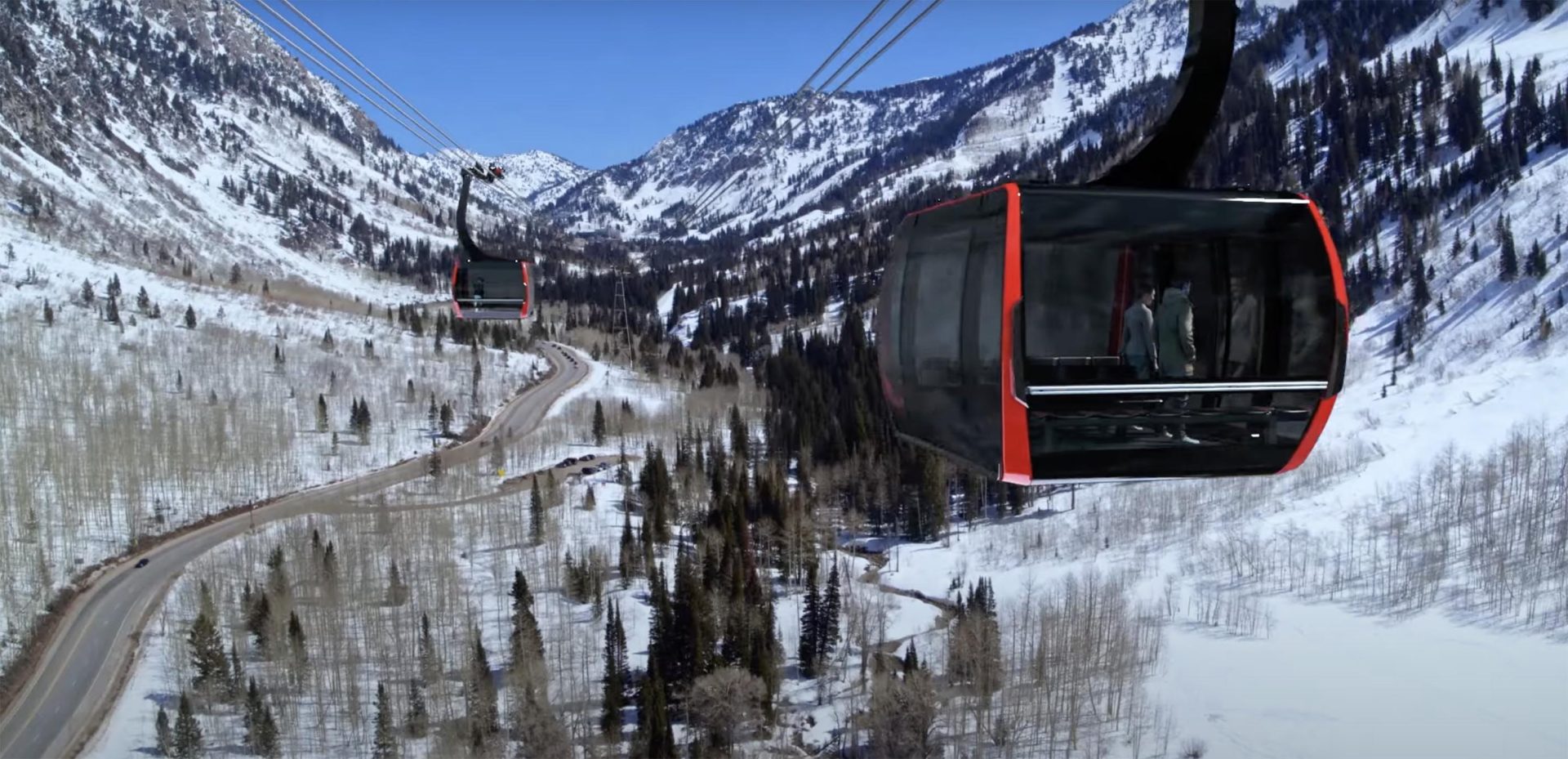
As Alta approaches nearly 90 years of operation, it faces a new set of challenges and opportunities that will shape its future trajectory. Chief among them is the ever-growing demand on Little Cottonwood Canyon. Utah’s booming population and the resort’s inclusion on multi-mountain passes (Alta joined the Ikon Pass in recent years) have drawn larger crowds, straining the two-lane canyon road that is Alta’s lifeline. Traffic jams on powder mornings have become legendary–and untenable. In 2023, after years of study, state officials approved a controversial plan to build the world’s longest mountain gondola up Little Cottonwood Canyon, a $729 million project to ferry visitors eight miles from the valley to Alta and Snowbird. Proponents say the gondola is the only long-term fix for canyon gridlock, providing reliable access even during blizzards. Opponents–including many local residents and environmentalists–argue it will scar the canyon’s natural beauty, burden taxpayers, and possibly shift congestion rather than solve it. As debates over cars versus gondola versus expanded bus service continue, Alta’s leadership is weighing how best to preserve the intimate mountain experience amid increasing visitation.
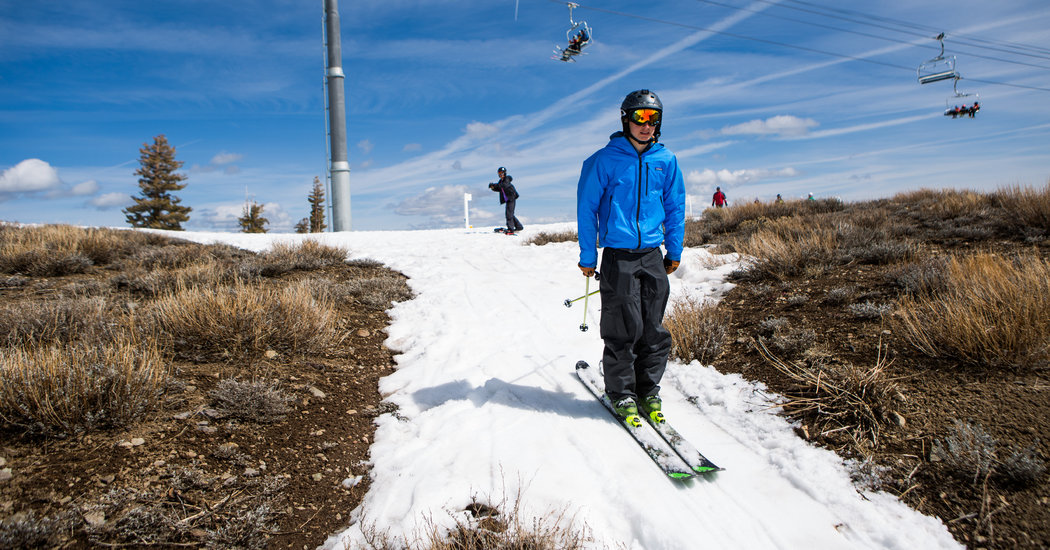
Meanwhile, climate change casts a long shadow over Alta’s future. The resort’s high elevation and lake-effect snowfall have historically gifted it one of the deepest, most reliable snowpacks in America (averaging ~548 inches annually). But warming temperatures threaten to upend that consistency. Shorter winters and erratic weather are already a reality across the ski industry, and Alta is not immune. A bad snow year or two can devastate a ski area’s finances–and scientists project that by 2050 many Western ski resorts could see their seasons cut in half by climate change. Acknowledging this existential threat, Alta has been proactive in sustainability efforts. The resort joined a climate challenge pledge to cut its carbon footprint by 20% by 2020, investing in energy efficiency and renewable power. Its Environmental Center issues annual reports on progress, and Alta advocates for broader climate action to protect the “Greatest snow on Earth” that is its lifeblood. Still, adaptation may be necessary—from snowmaking in lean years to diversifying year-round activities—to ensure Alta thrives in a warming world.
Amid these pressures, Alta’s ethos remains remarkably steady. “Our mission is to provide authentic skiing experiences in a natural mountain environment,” the ski area proclaims, fully aware that keeping Alta’s heart and soul intact will require deft balance in the years ahead. That might mean carefully upgrading aging lifts and infrastructure (for example, phasing out the old artillery in favor of modern avalanche-control technology), improving transit and facilities for growing crowds, yet not over-developing in ways that dilute Alta’s character. It’s a delicate dance: managing growth so that growth doesn’t manage Alta. Longtime Alta skiers take comfort that the stewards of this mountain–many of them multi-generation Alta families themselves–understand what makes it special. As Connie Marshall puts it, Alta’s success comes from “our care and respect for this place… the unparalleled beauty at the top of Little Cottonwood Canyon. Our loyal skiers. Our fierce independence.” Those values, forged from Alta’s extraordinary history, continue to guide its path forward.
Alta Ski Area today stands as living history—a place where the ghosts of miners and the tracks of ski pioneers are never far beneath the snow. Its story, from silver boom to skiing legend, is woven into each powder turn and echoing avalanche blast. And as Alta writes its next chapter, balancing change and tradition, one thing is certain: this canyon will keep enchanting snow lovers for generations to come, just as it has since that winter day in 1939 when skiers first glimpsed the promise of an alpine ghost town reborn.